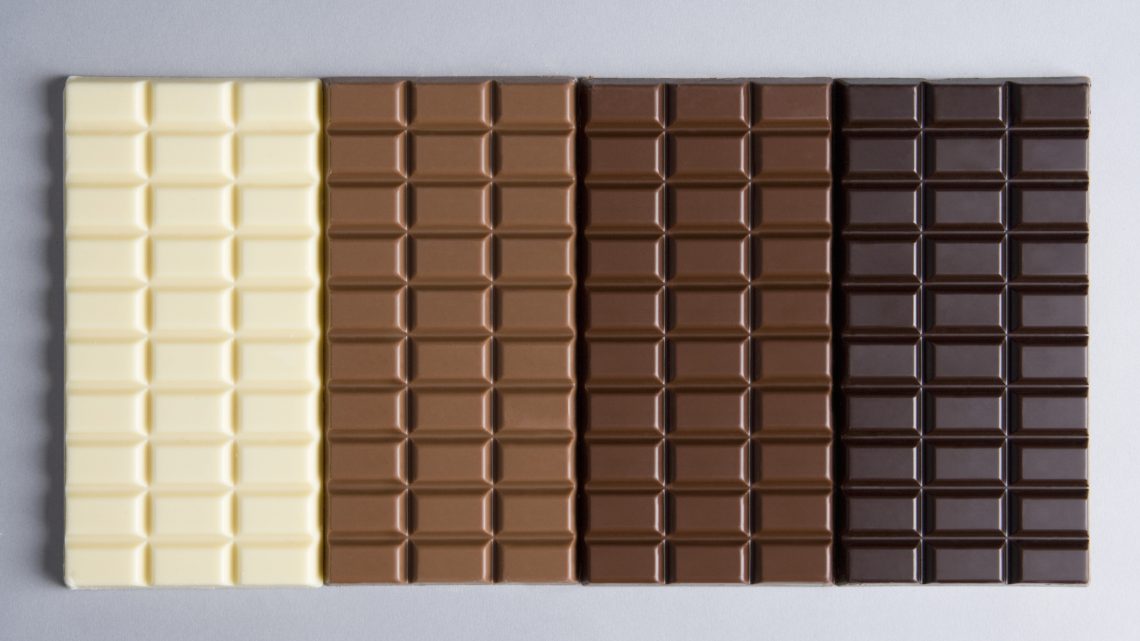
Chocolate Shop Scraps 17th-Century Theme After Activist Points Out Slavery Connection
November 13, 2019A chocolate shop in Portland, Oregon hasn't even opened yet, but it has quietly abandoned its entire branding concept after being reminded that the three vessels it selected for its logo looked a lot like slave ships.
The 1670 New American Chocolate House is scheduled to open sometime between now and the end of the year, but when it finally welcomes its first customers, it may or may not have the same name. The shop had teased its arrival with silhouettes of three 17th-century ships, but a local activist and historian pointed out why that was problematic.
In a letter posted to their social media channels, Molly Alloy called out the store's "racist, colonial" branding concept. "Very many people who walk by this display will immediately understand that a ship of that silhouette, transporting cacao in the year 1670, would be closely connected to the trans-Atlantic slave trade and likely also transport human beings in horrific conditions," they wrote. "So what is the story that you are trying to tell us by using this as your branding?"
The store, as Alloy noted, might've chosen '1670' as its name because that was the year that Dorothy Jones and Jane Barnard were given approval to serve “Coffee and Chucaletto" in public houses in Boston. "Less cute is that same exact year marks the ignition of a stark rise in the enslavement of Africans for cacao production to meet the rising demand of this new market."
Alloy is correct: In an essay for the anthology Chocolate: History, Culture, and Heritage, James Gay profiled some of the most prominent traders in the 17th century, including Rhode Islanders Obadiah Brown—the Brown of Brown University—and Aaron Lopez. Both men had a "variety of interests including the African slave trade" and chocolate manufacturing.
"In Newport relatively large quantities of chocolate were prepared for Lopez by Negroes whose Jewish masters may have taught them the art of making the confection," Gay wrote, citing a previous author's sentences about Lopez.
"[O]ne of Lopez' Negro workers ground thousands of pounds for the Newport merchant. He received five shillings for every pound he prepared, and one batch of cocoa which he turned into chocolate weighed over 5000 pounds. Another of the Negro craftsmen [...] was so useful that when the man was thrown in jail for drunkenness, Lopez paid his fine and put him to work." (Gay also points out that, despite providing countless hours of labor in the production of chocolate, slaves had little to no chance of actually getting a taste of the finished product.)
Alloy and some unnamed "artists and community members" added some additional information to 1670's window design, changing the wording so it read "In 1670, The New American Chocolate Trade Increased Demand for Enslavement of Africans."
They also captioned the arrow connecting the ships to illustrate a three-step process from "Colonial Greed" to "Abducted People" to "Genocide and Stolen Land for Export Crops." (Alloy also noted that "the cacao plantations and chocolate houses that inspire this brand were on land stolen from indigenous peoples in a period of ongoing and systematic genocide up and down the American continents.")
According to Oregon Live, there isn't a lot of information available about who owns the shop, when it will actually open, or what its new name or branding concept might be when it does. Regardless, that '1670' thing was shut down fast.


